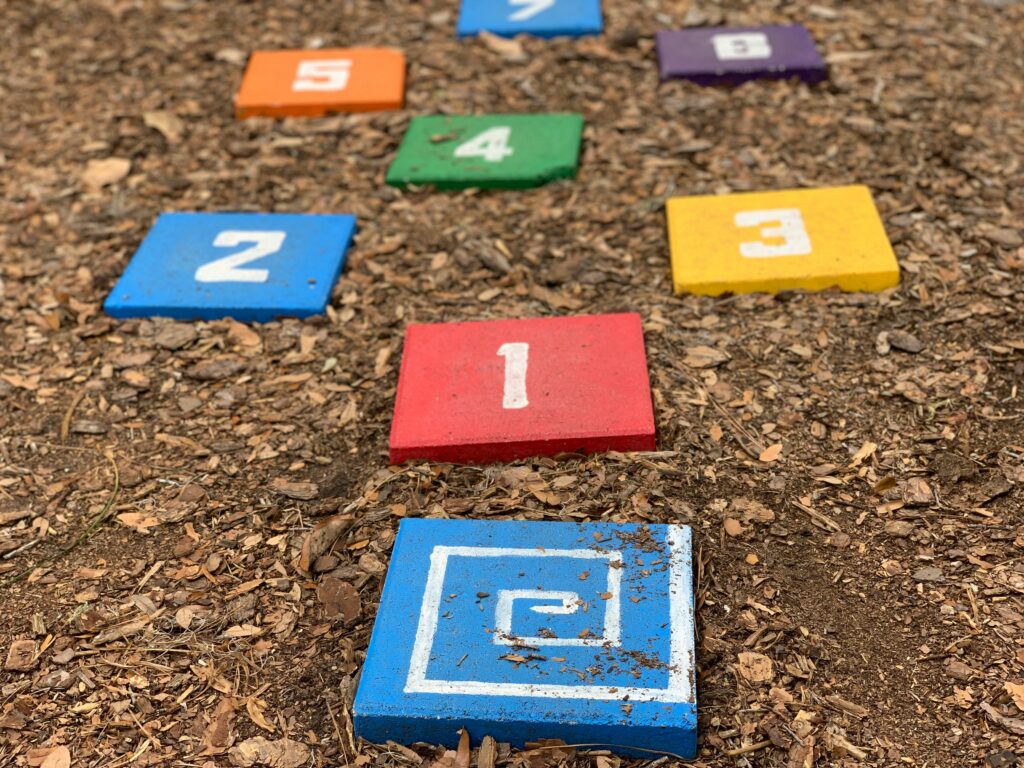Why Is Little Johnny Upset?
Little Johnny* started Grade 2 in the lower set of math. For the previous year, Little Johnny had been distracted by baseball, baseball cards, and more baseball, and hadn’t paid much attention in math class. But it was clear he was a smart kid, he was a whizz with batting averages, runs, etc. But his times tables, dividing 17 cookies between three friends, and suchlike? Not so much.
His parents were mathematicians. And his older siblings. Aunts and uncles? Yes, them too. Does math ability skip generations?
Mommy and daddy decided to take control. How do you get any seven-year old to study? Bribery! They would give Little Johnny even more baseball cards if he did some extra math at home.
This strategy paid dividends almost immediately. At the start of the next term of the year Little Johnny was promoted to the upper math set.
It was standard procedure to test all the children in math at the start of every new term. And so Little Johnny and all the other Grade 3 children sat the test. Little Johnny was confident. But then the results came out.
These days schools aren’t keen on giving out individual scores to each child. That would be so…Victorian. We don’t want the children getting upset. Nevertheless Little Johnny did get upset. And that’s because the teachers told everyone the average scores for the two sets. And although the upper set did better than the lower set, as you’d expect, the average for both sets fell compared with the previous term’s results. And the only difference between the two terms was that Little Johnny had been promoted. It was all his fault.
There’s something initially odd about this until you look into it all a bit deeper. Even then, it’s still odd. So you need to go deeper still.
How could both averages fall? Well, it depends on how Little Johnny’s scores compared with the rest of his classes. If he was in the bottom of the lower set then removing him from the average would be beneficial to the class’s average. But he was the best in the lower set so removing him made the average of the remaining pupils fall. When he joined the smarter kids, he was (for now) probably the lowest scoring out of all of them. So again, the average for the upper set also fell. You can see how both classes might be a bit miffed. (Just a thought, but maybe the Victorians knew something about education after all.)
It all makes sense.
Except that surely the average of the two averages shouldn’t change? It’s the same pupils for the two terms so if their scores don’t change and you are simply moving one number from one set to another it won’t change the average over all of them. So if one average goes up, the other average must come down so that the average across all pupils stays the same.
No, I thought we had it cracked but it appears not.
Until we do the calculations with some numbers.
And to keep it really simple we will have two students in the lower class, one of them being Little Johnny, and one in the upper.
These are their test scores: In the lower set, 10 and 20 (that’s Little Johnny). In the upper set, 30.
The lower set has an average of 15, and the upper, rather trivially, 30. Now move Little Johnny and his score to the upper set. Now the average in the lowet set is 10, the score for the sole remaining pupil. And the average in the upper is 25. The lower average has fallen from 15 to 10, and the upper from 30 to 25. Both averages have fallen.
Let’s see what has happened. It’s all about the weighting, how many numbers there are in each average. The average across all three students is (10 + 20 + 30) / 3 = 20. You get the same average if you take 2 x 15 + 1 x 30 =60 and divide by 3, because there are two students in the lower set initially. And you get the same when you take 1 x 10 + 2 x 25 = 60 and divide by 3. Because in the second term there’s only one student in the lower class but two in the upper.
Little Johnny is doing so well in his math now, he almost understood why both averages fell. Next year they’ll have to start a new upper upper set just for him!

* Not his real name.
Photograph by Eric Tompkins on Unsplash.